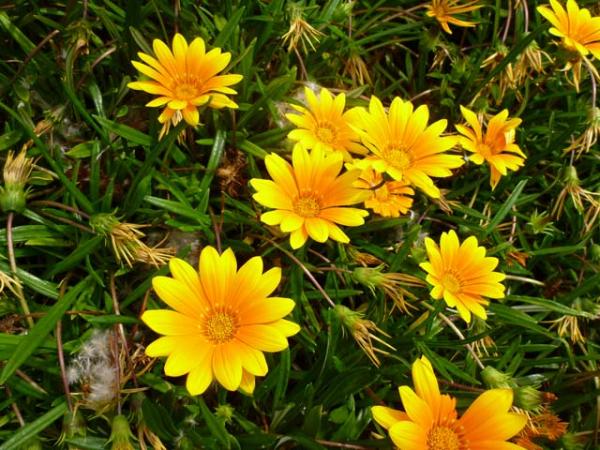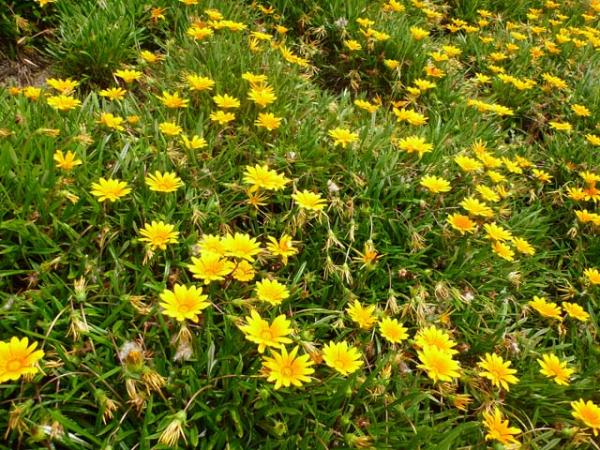Array
(
[0] => Array
(
[id] => 197
[is_published] => 1
[websiteID] => 5
[url] => /gardening/grevilleas.php
[page_status] => Published
[number_of_ads] => 5
[can_use_editor] => 1
[last_modified_date] => 2013-09-16 00:00:00
[last_modified_by] => Alan
[checked_for_duplicate_content] =>
[title] => Grevilleas
[heading] => Grevilleas
[meta_description] => Learn all about grevilleas from native plant expert Angus Stewart.
[article_category_1] => Gardening
[article_category_2] =>
[article_category_3] =>
[article_category_4] =>
[article_category_5] =>
[business_category_1] => Landscaper
[business_category_2] => Nursery
[business_category_3] => Garden Designer
[business_category_4] => Landscape Architect
[business_category_5] =>
[number_of_google_mrecs] =>
[show_google_ad_bottom_of_page] =>
[show_get_quotes_top_of_page] =>
[show_get_quotes_rhs_of_page] =>
[show_directory_search_widget] =>
[show_trending_content_widget] =>
[show_facebook_widget] =>
[show_further_reading_section] => 1
[show_sponsors_section] => 0
[show_top_article_ad] => 1
)
[1] => Array
(
[id] => 9
[is_published] => 1
[websiteID] => 5
[url] => /landscaping/plants-for-your-garden.php
[page_status] => Published
[number_of_ads] => 2
[can_use_editor] => 1
[last_modified_date] => 2013-09-10 00:00:00
[last_modified_by] => Alan
[checked_for_duplicate_content] =>
[title] => Selecting plants for your garden
[heading] => Selecting plants for your garden
[meta_description] => This article describes how you can best select plants for your garden.
[article_category_1] => Landscaping
[article_category_2] =>
[article_category_3] =>
[article_category_4] =>
[article_category_5] =>
[business_category_1] => Landscaper
[business_category_2] => Nursery
[business_category_3] => Garden Designer
[business_category_4] => Landscape Architect
[business_category_5] =>
[number_of_google_mrecs] => 0
[show_google_ad_bottom_of_page] => 1
[show_get_quotes_top_of_page] => 1
[show_get_quotes_rhs_of_page] => 1
[show_directory_search_widget] => 1
[show_trending_content_widget] => 0
[show_facebook_widget] => 0
[show_further_reading_section] => 1
[show_sponsors_section] => 0
[show_top_article_ad] => 1
)
[2] => Array
(
[id] => 202
[is_published] => 1
[websiteID] => 5
[url] => /gardening/native-grasses-dianellas-and-lomandras.php
[page_status] => Published
[number_of_ads] => 5
[can_use_editor] => 1
[last_modified_date] => 2013-09-16 00:00:00
[last_modified_by] => Alan
[checked_for_duplicate_content] =>
[title] => Native grasses and friends
[heading] => Native grasses and friends
[meta_description] => An exciting thing is happening in the world of Australian plants. Wild species that have tantalised gardeners in the past are now being improved to create a diverse palette of new varieties that offer all kinds of advantages. In particular, the necessity for water-wise, low maintenance gardens has inspired interest in plants that can be used as ground covers that will not only suppress weeds and erosion but also look fantastic.
[article_category_1] => Gardening
[article_category_2] =>
[article_category_3] =>
[article_category_4] =>
[article_category_5] =>
[business_category_1] => Landscaper
[business_category_2] => Nursery
[business_category_3] => Garden Designer
[business_category_4] => Landscape Architect
[business_category_5] =>
[number_of_google_mrecs] =>
[show_google_ad_bottom_of_page] =>
[show_get_quotes_top_of_page] =>
[show_get_quotes_rhs_of_page] =>
[show_directory_search_widget] =>
[show_trending_content_widget] =>
[show_facebook_widget] =>
[show_further_reading_section] => 1
[show_sponsors_section] => 0
[show_top_article_ad] => 1
)
[3] => Array
(
[id] => 10
[is_published] => 1
[websiteID] => 5
[url] => /landscaping/planning-garden-design.php
[page_status] => Published
[number_of_ads] => 2
[can_use_editor] => 1
[last_modified_date] => 2014-01-13 00:00:00
[last_modified_by] => Angela
[checked_for_duplicate_content] =>
[title] => Planning your garden
[heading] => Planning your garden
[meta_description] => Learn how to design a garden using a step-by-step approach.
[article_category_1] => Landscaping
[article_category_2] =>
[article_category_3] =>
[article_category_4] =>
[article_category_5] =>
[business_category_1] => Landscaper
[business_category_2] => Nursery
[business_category_3] => Garden Designer
[business_category_4] => Landscape Architect
[business_category_5] =>
[number_of_google_mrecs] => 1
[show_google_ad_bottom_of_page] => 1
[show_get_quotes_top_of_page] => 1
[show_get_quotes_rhs_of_page] => 1
[show_directory_search_widget] => 1
[show_trending_content_widget] => 1
[show_facebook_widget] => 1
[show_further_reading_section] => 1
[show_sponsors_section] => 1
[show_top_article_ad] => 1
)
)
Helpful articles
Grevilleas. Learn all about grevilleas from native plant expert Angus Stewart.
Selecting plants for your garden. This article describes how you can best select plants for your garden.
Native grasses and friends. An exciting thing is happening in the world of Australian plants. Wild species that have tantalised gardeners in the past are now being improved to create a diverse palette of new varieties that offer all kinds of advantages. In particular, the necessity for water-wise, low maintenance gardens has inspired interest in plants that can be used as ground covers that will not only suppress weeds and erosion but also look fantastic.
Planning your garden. Learn how to design a garden using a step-by-step approach.
Plant description
Gazania is a species of annual and perennial daisies from South Africa. They are low growing, clump forming plants with showy flowers in many colours, often with interestingly marked petals. When growing in conditions that suit them, they will flower for a long time. In Australia they can naturalise readliy from windblown seeds, but there are new double cultivars that have been recently developed which will not go to seed, making these an attractive option for landscaping. They are also good for container growing.
Gazanias like a sunny position and tolerate little frost or wet feet. They thrive in coastal plantings and are drought tolerant. Troubled by few pests and diseases, they will also grow in poor soils.
Additional plant information
Flowers
Flower colour: numerous
Flowering season: spring summer autumn
Plant size
Maximum height: 0.3 metres
Minimum height: not specified
Maximum width: 1 metres
Minimum width: 0.2 metres
Sunlight, frost & salt tolerance
This plant will tolerate full sunlight.
Light frost tolerance.
Plant is salt tolerant.
Fauna attracting?
Yes. Attracts: Butterflies.
Climate
This plant species will grow in the following climates: cool, temperate, subtropical, tropical, arid.
Soil types & conditions
Loam: dry, well-drained.
Clay: not specified.
Sand: dry, moist, well-drained.
Soil pH: 5.5-7
Diseases
Pythium if in wet conditions
Pests
Aphids, thrips, spider mites
Miscellaneous information
Planting season: any.
Types of fertiliser: feed once a year with a good general purpose fertiliser.
Find a nursery
Search for another plant


